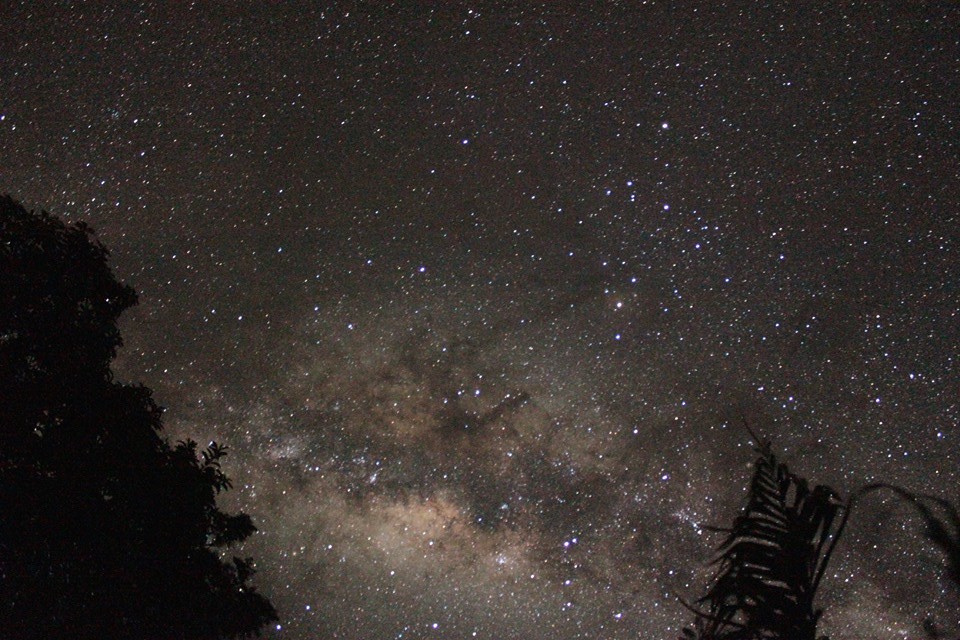In light of Sunday night’s supermoon eclipse I decided to do an astrology themed blog post…

Here at camp, our night sky acts as an overhead gallery. Each night we go about our business under a phenomenal display; deign to look skyward and you’re almost guaranteed to see a shooting star. When you live here it’s easy to become complacent with the light show above your head, but look up and no words seem fitting for what lies there. All the language that springs to mind feels trite given its use in the day to day. It is so easy to forget the true meaning of words when they are so frequently rolled out; ‘awesome’ and ‘magnificent’ now finally content in a description befitting of their definition.
Sunday night saw the eclipse of a supermoon, some 31,000 miles closer to Earth than usual (that’s around the world 8.6 times), one of only five supermoon eclipses to have occurred since 1900 and the last one for eighteen years.
I went to Chile last year and was introduced to astronomy by a man called Jorge Coranthes who, after twenty years as an astronomy tour guide, gets the same joy from visions of the universe that he did when he began. He had meant to become an engineer but on a routine trip into the Atacama Desert two decades ago, he encountered a German woman (her name still fresh in his memory) who asked him to point out the Southern Cross (constellation of Crux), which he did. Her reaction, he said, was one of delight. She had always wanted to see it, and that interaction caused him to pursue a career in astro tourism, taking people into the desert nightly to have their minds blown by what sits a loft. We can see the Southern Cross from Turtle Cove too, in the company of Mars, Jupiter, Venus, Saturn and for September at least, Mercury.
I am no scientist – physics, frustratingly, is beyond me, but space is too interesting to leave alone. The wonder of it all… To know that when you are looking at the Andromeda Galaxy, you are looking at a moment 2.57 million years ago. That on Neptune it rains diamonds, that technically we are all made of star dust and that a day on Venus extends beyond a year on Earth. That a soup can full of neutron star material would have more mass than the moon. That all the reactions, the forming and death of stars takes place in total silence and that there are more stars in the sky than there are grains of sand on our planet.
Coming home to Nosy Komba at night by boat might just be the best taxi ride of your life! A canopy of unfathomable proportion, bioluminescence igniting under the water. It’s pretty great.
Thank you to Brandon, Tamara and Julia for the beautiful photographs.






